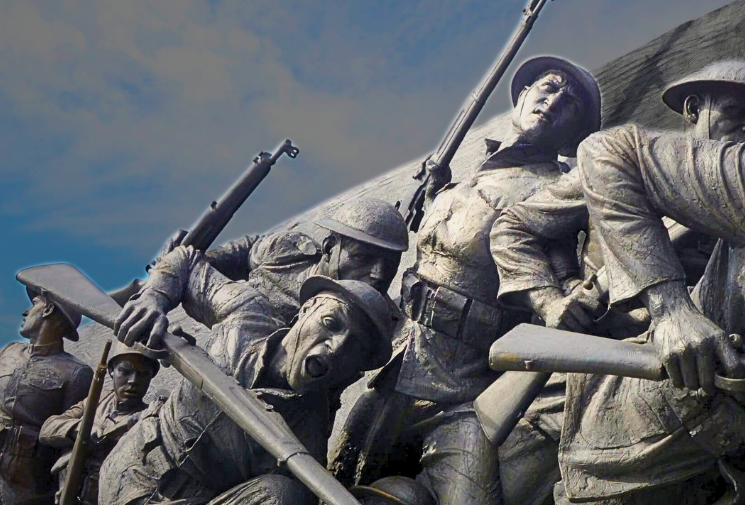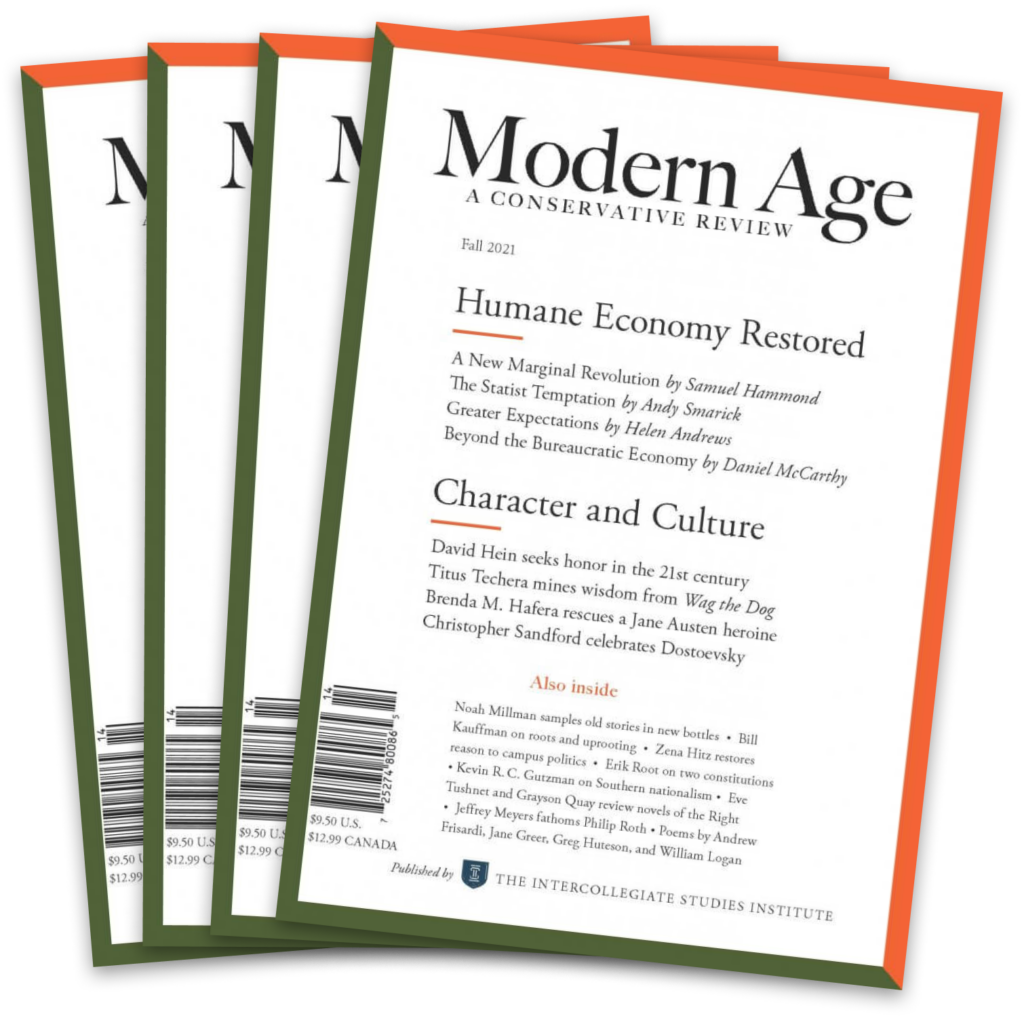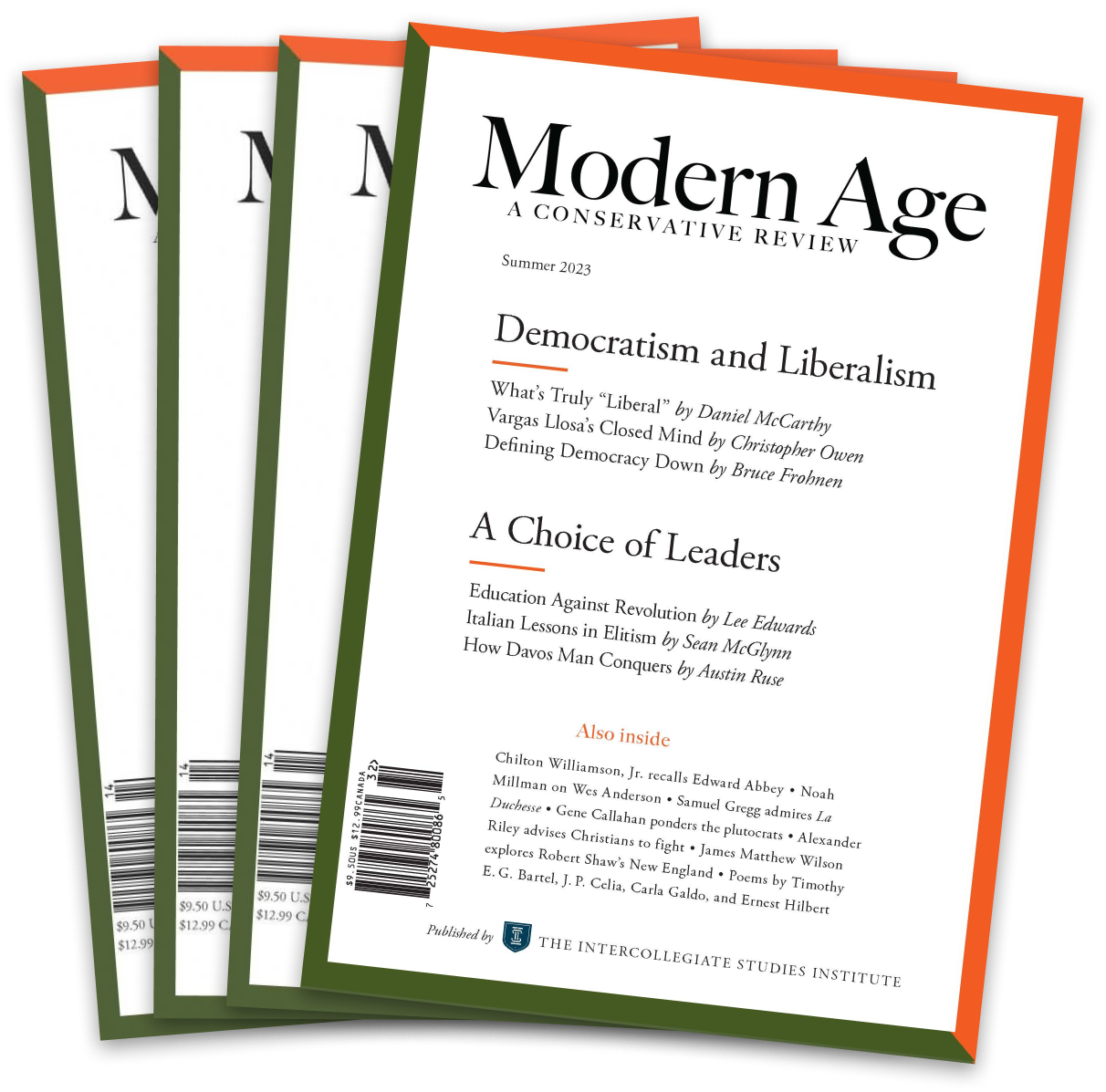Throughout the history of the United States, when our nation faltered—when wounds ran deep and identities fractured—Americans did not retreat into silence. We built monuments: not merely to commemorate, but to repair and restore our American spirit.
After the Civil War, Abraham Lincoln stood at Gettysburg not just to consecrate the dead but to awaken the living. His words, “that this nation, under God, shall have a new birth of freedom,” redefined American unity. That moment was not about closure; it was about becoming whole again.
Decades later, Theodore Roosevelt commissioned Mount Rushmore, carving into the granite of South Dakota the faces of four presidents who had shaped a fledgling republic into a confident nation. Mount Rushmore was not nostalgia. It was ambition etched in stone—vast, defiant, hopeful.
Then came World War II. While tyranny threatened the globe, Franklin Roosevelt oversaw the construction of the Jefferson Memorial. Even as war raged, he engraved “all men are created equal” into the heart of our capital—a reminder that America was not just fighting a war, it was defending a promise.
And in 1986, after the upheavals of Vietnam, Watergate, and inflation, Ronald Reagan led the restoration of the Statue of Liberty. He did not merely preserve a monument, he rekindled it—ensuring Lady Liberty’s flame would still shine for the enduring dream of America.
Each of these moments shared a conviction that monuments matter: that when we forget who we are, we must build something that reminds us of our spirit.
At this moment in our national story, we are again in need of such a reminder.
I have seen what happens when people forget what they are capable of. I have seen what happens when people tear down history. Tearing down history not only destroys the moral fabric of society, it creates a vacuum that is then filled with a false identity.
In 1982, I was nineteen years old, a woodworker in South Philadelphia. My life was built on repetition—honest labor, yes, but I felt trapped. I was going nowhere, fast.
Then, at 4:00 p.m. on October 21st, I stopped. And at 4:01, I stepped off that path. I quit my job, walked to a payphone, called the Philadelphia School of Art. No portfolio, no training, no certainty, just a pull—a hunger—to create something that revealed the human spirit.
That moment set the course of my life.
My nineteen-year-old self could not articulate it then, but I wanted to sculpt form and meaning back together, to restore what had been severed, to bring back a language embodied in that art—a language of resilience, order, beauty, and soul.
So I went back to the greats: Michaelangelo, DaVinci, Raphael. And that lost language was restored in the World War I Memorial.
It took nine years from beginning to end, and it was inaugurated on November 2024 at 7:19 pm, at sunset. There is nothing like it in the U.S.
There are thirty-eight figures. It’s fifty-eight feet long. Over 12,000 poses were explored, and dozens of models participated. It weighs twenty-five tons. Each figure is not an ornament but a vessel of meaning.
Each figure carries a story, and there are so many. But I’d like to share just one of them:
Rickie is a Marine who served in Afghanistan. Less than an hour after returning home, one of his fellow Marines took his own life. Shortly afterward, Rickie spiraled and ballooned from 150 to 300 pounds. All the Department of Veterans Affairs provided were pills. One night, he took them all. Yet something he cannot name lifted him up. Today, Rickie stands transformed: alive, fierce, not because the war left him unbroken but because it did not define his end.
When Rickie posed for the memorial, he did not just bring his body. He brought the weight of survival. That sculpture does not portray a soldier. It embodies a soul that refused to surrender, a soul that carries and is carried by the American spirit.
That is what our art must do: not flatter, not shock, but speak to what is most enduring in us, the ability to rise, to hold fast, to become more than our circumstances.
Yet too often now, our art—and our discourse—proclaims the opposite. It insists that life is chaos, that beauty is a lie, that meaning is a relic. It whispers that nothing binds us: that we are isolated, fragmented, beyond redemption.
I reject this.
I believe the universe is ordered, that the human form contains grandeur, that to create is not to impose meaning but to reveal it.
The artist is not a god. The artist is a servant, a steward, a witness. And the nation must remember that its spirit is not held in slogans or tweets, but in stories and symbols that endure.
This brings me to one final story about the World War I Memorial. On the far left, there is a little girl. On the far right, a young woman. Four and a half years pass between them, just as they did in the war itself. That child is my daughter, Madeleine.
When I look at her figure in bronze, I do not just see a sculpture. I see a question. What kind of country are we leaving her?
A country that forgets—or one that remembers? A country that fractures—or one that aspires? When I am long gone, what will the monuments around her tell her and her children about the American spirit?
So, as we approach the 250th anniversary of the United States, we have a choice to make. To put it another way, we all stand at four o’clock, just like I did when I was nineteen years old in South Philly. We need to move ahead.
So I have decided to dedicate myself to a new monument. It is called the Grand Liberty Arch. This is a monument that will remind us of what we are capable of and will then point forward. It will not erase—it will elevate.
This monument will serve to remind us that America’s greatness was never about perfection, but about perseverance; never about stasis, but about striving.
It will be built not only of bronze and stone but of spirit, because America is not just an idea, it is a people. And this will be their monument.
This article is adapted from remarks delivered at the 2025 Heritage Foundation Leadership Conference.














